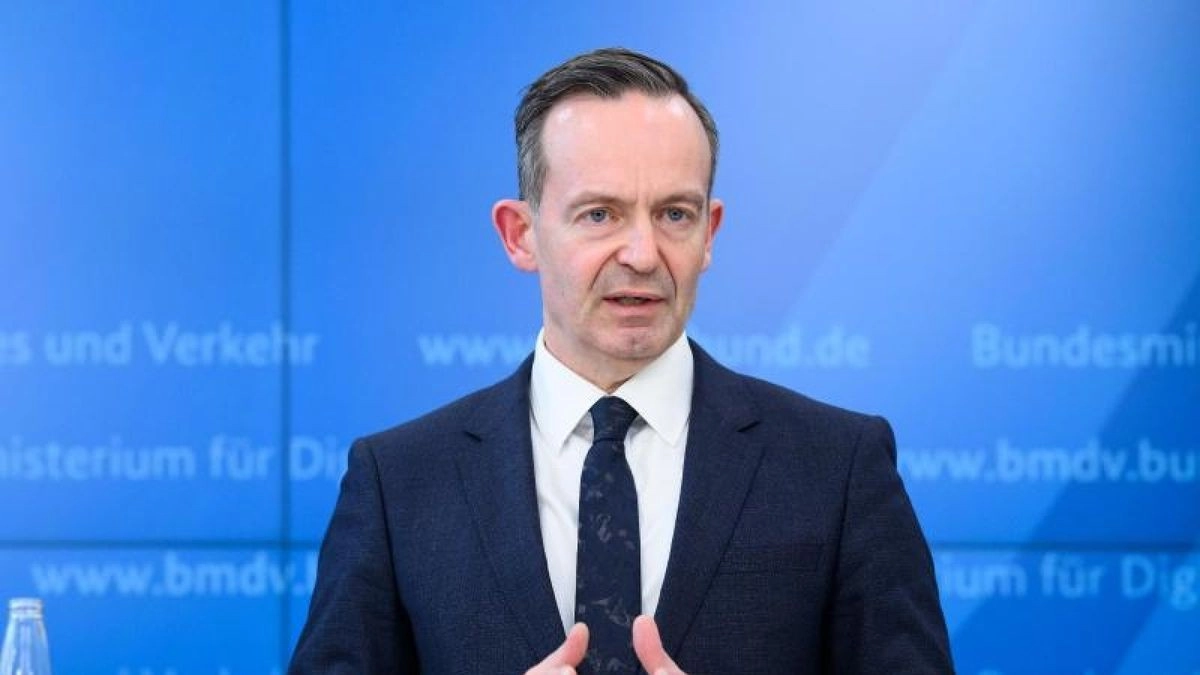On 3 June, the Federal Ministry of Transport (BMVD) reintroduced subsidies for rapid charging points intended for commercial use, with a minimum capacity of 50 kilowatts (kW).
This program, currently ongoing, targets artisanal, commercial, and fleet operators, covering both technical equipment and necessary grid connections.
For the first time, chargers specifically designed for trucks are also funded, with a total fund of 400 million euros.
While this represents a positive signal for boosting electric mobility, “for small and medium-sized enterprises, this lack of transparency and planning security poses a significant challenge.”
This is confirmed by the Federal Association of Consulting for New Mobility (BBNM e.V.) to Mobility Portal Europe.
And it ensures: “Only those who understand the relevant sources of information and the legal framework can assess the opportunities and risks in project development, implementation, and operation, thereby providing maximum benefit to clients.”
Specifically, what happens with the program called “Private Rapid Charging Infrastructure for Commercial Enterprises”?
On 18 September 2023, the BMVD introduced this new plan primarily aimed at Small and Medium-sized Enterprises (SMEs) and fleet operators.
At the time, Volker Wissing, Federal Minister of Digitalisation and Transport, detailed: “With this aid, we support this important step and accompany companies in transitioning towards climate-friendly and future-oriented mobility.”
However, less than seven months later, they retracted it in April 2024, only to relaunch it in June.

Is this viable from a business perspective?
According to the expert opinion of BBNM, Thomas Bella, a member of the International Section Council, it is necessary to consider various situations.
On the one hand, incentive programs initially exceeded the budget forecast.
This led to a review and redirection of state financial resources to ensure a sustainable and balanced distribution of funds, as well as their effectiveness.
It is worth noting that when this aid was launched in September, the elimination of the environmental bonus was being considered, a measure that was finally implemented in December due to Germany’s budget crisis.
“A reorganization and simplification of processes were essential, which is also reflected in the BMVD’s digitalization approach,” Bella points out.
And he emphasizes: “Given the rapid development of the eMobility market and charging infrastructure, it is prudent to adapt subsidy conditions to the latest technological and economic advancements to ensure program efficacy.”
On the other hand, plans like the Climate-Friendly Commercial Vehicles and Infrastructure Support Program (KsNI) or the ecobonus were halted “without prior notice or communication.”
BBNM points out that the original subsidy policy was “completely disconnected from reality.”
“This led to a significant loss of trust and contributed significantly to the current crisis in electric mobility in Germany,” they explain from the association.
How does this situation impact the eMobility sector?
According to statistics from the Federal Motor Transport Authority (KBA), new registrations of battery electric vehicles (BEVs) fell by 16.4% in the first half of 2024 compared to the same period last year.
Since the beginning of the year, a total of 184,125 BEVs have been sold.
Regarding charging infrastructure, according to the BMVD, Germany is making great strides in expanding this network.
Since taking office in December 2021, the number of publicly accessible chargers has doubled, from over 57,000 in that year to more than 114,000 today.
“Approximately one-fifth of public stations have been subsidized,” BBNM states.
Furthermore, the public network will continue to expand over the next two years with the installation of an additional 9,000 stations, to be deployed in regions, cities, and unmanaged rest areas on highways to cover locations without coverage.








